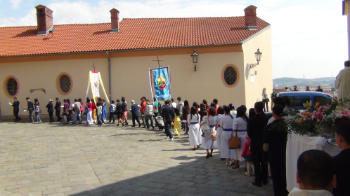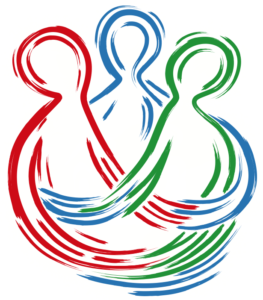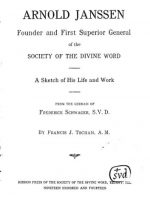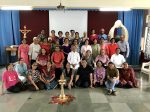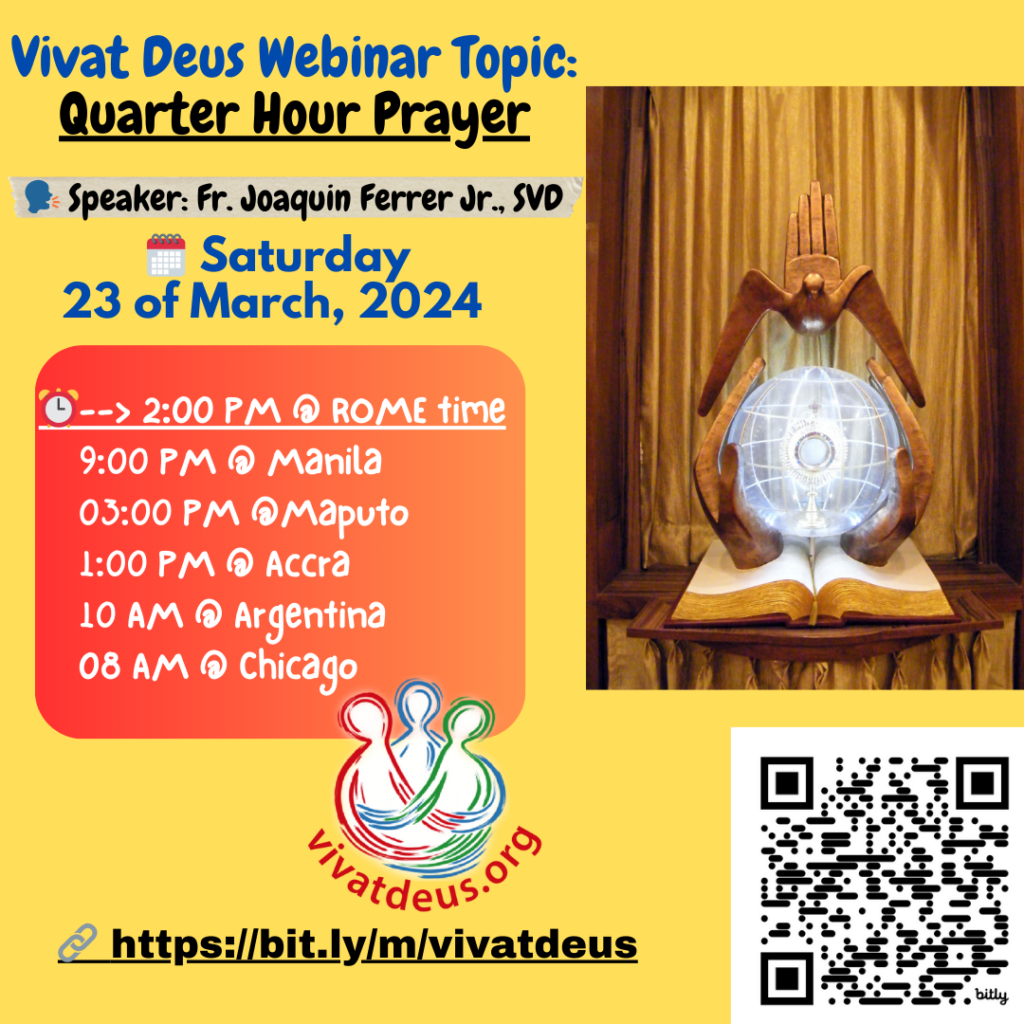Hello Friends,
I would like to share with you my reflections on our “Intercultural Mission”, described in The Documents of the 18th General Chapter, particularly in the paragraphs 40 and 41. It says, “Intercultural mission is our way of giving witness to the unity and diversity of the Kingdom of God,” as Saint Freinademetz did in China.
We take pride in saying that “Interculturality is in the DNA of the Society.” It is gratifying to observe that in the Church and among the religious congregations, we are identified, appreciated and looked upto as experts in interculturality. But what is so special about the interculturality of the SVDs?
It is true that our communities are increasingly intercultural. They are vibrant in witnessing to the unity and diversity of the Kingdom of God. During my visits and visitations of the PRMs, I was edified to see confreres and communities zealously promoting intercultural mission.
Engaged in pastoral, biblical, social, educational, dialogical, migrant, indigenous, ecological and communication ministries, our confreres are making visible progress in building human communities. But there are also challenges that are to be adequately addressed.
Intercultural mission is an integral mission that envelopes both ad intra and ad extra aspects. Affirmed in our last General Chapter, and confirmed by Pope Francis, fostering ‘communion ad intra’ is the most effective way of witnessing to the intercultural mission ad extra. In the global context of increasing racial, xenophobic, nationalistic, fundamentalist, parochial, casteist and tribalist tendencies, we need to guard against such tendencies creeping into our communities.
Radical changes are taking place in the demographic composition and membership of the religious congregations. These changes have triggered twofold significant movements in the nature and component of the religious missionary communities.
First, communities, which were traditionally monocultural, are forced to assume multicultural outlook and eventually choose to become intercultural. Second, due to compulsions arising out the cultural challenges, the congregations begin to invest on competence building measures with an objective to enhance the quality of commitment of its members. Both movements lead to a favorable end, which is a deliberate option for intercultural commitment.
Like finance-management or time-management, ‘Differences-Management’ that deals with healthy management of our cultural-personality differences in our community dynamics will lead to renewal and transformation in our intercultural commitment as envisaged by the General Chapter-2018.
If ethnocentrism is an attitude, then our understanding of interculturality should move beyond measures of competence building to formation of intercultural attitude in our confreres. Let us continue to nurture this hallowed treasure.
